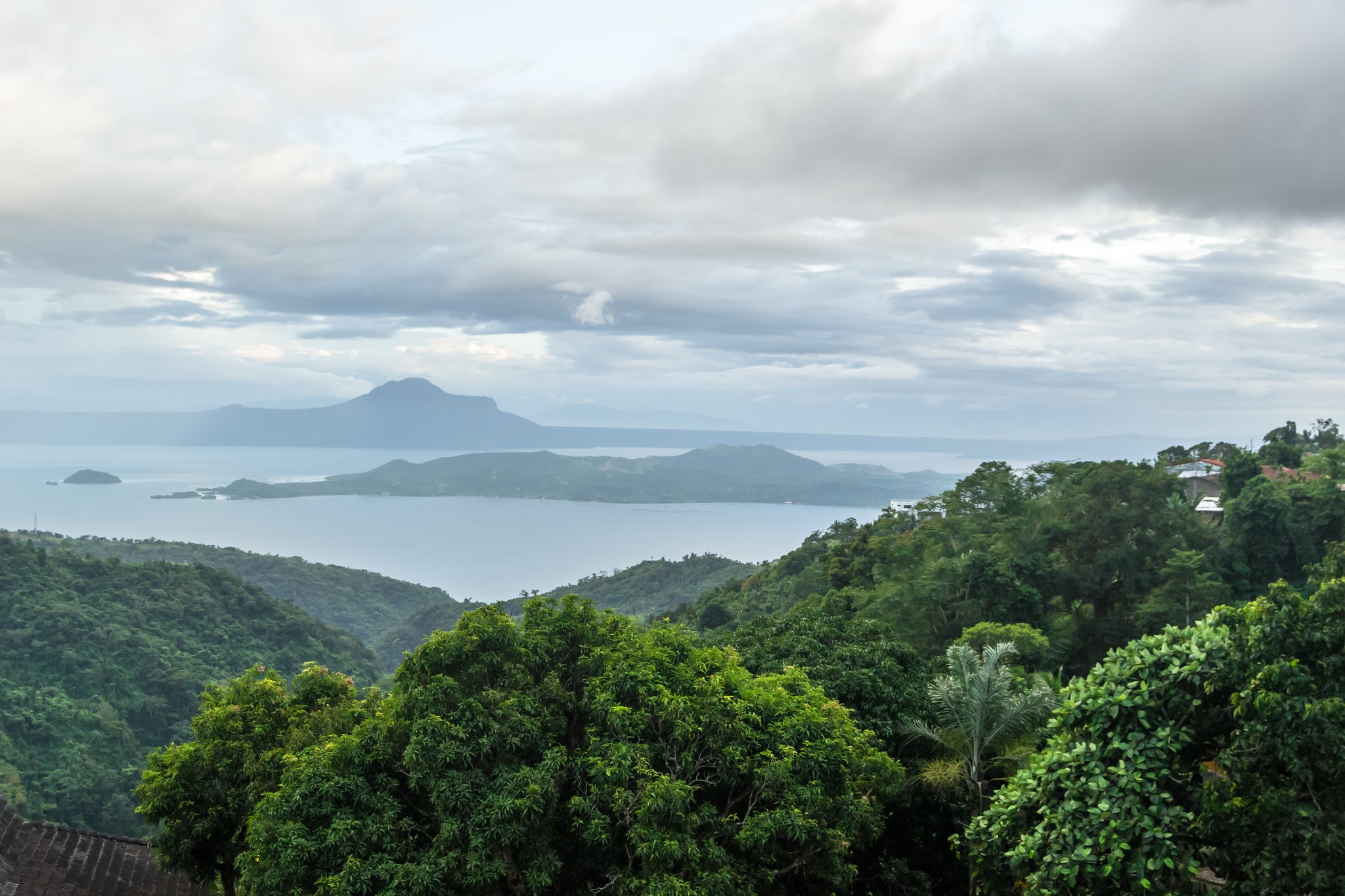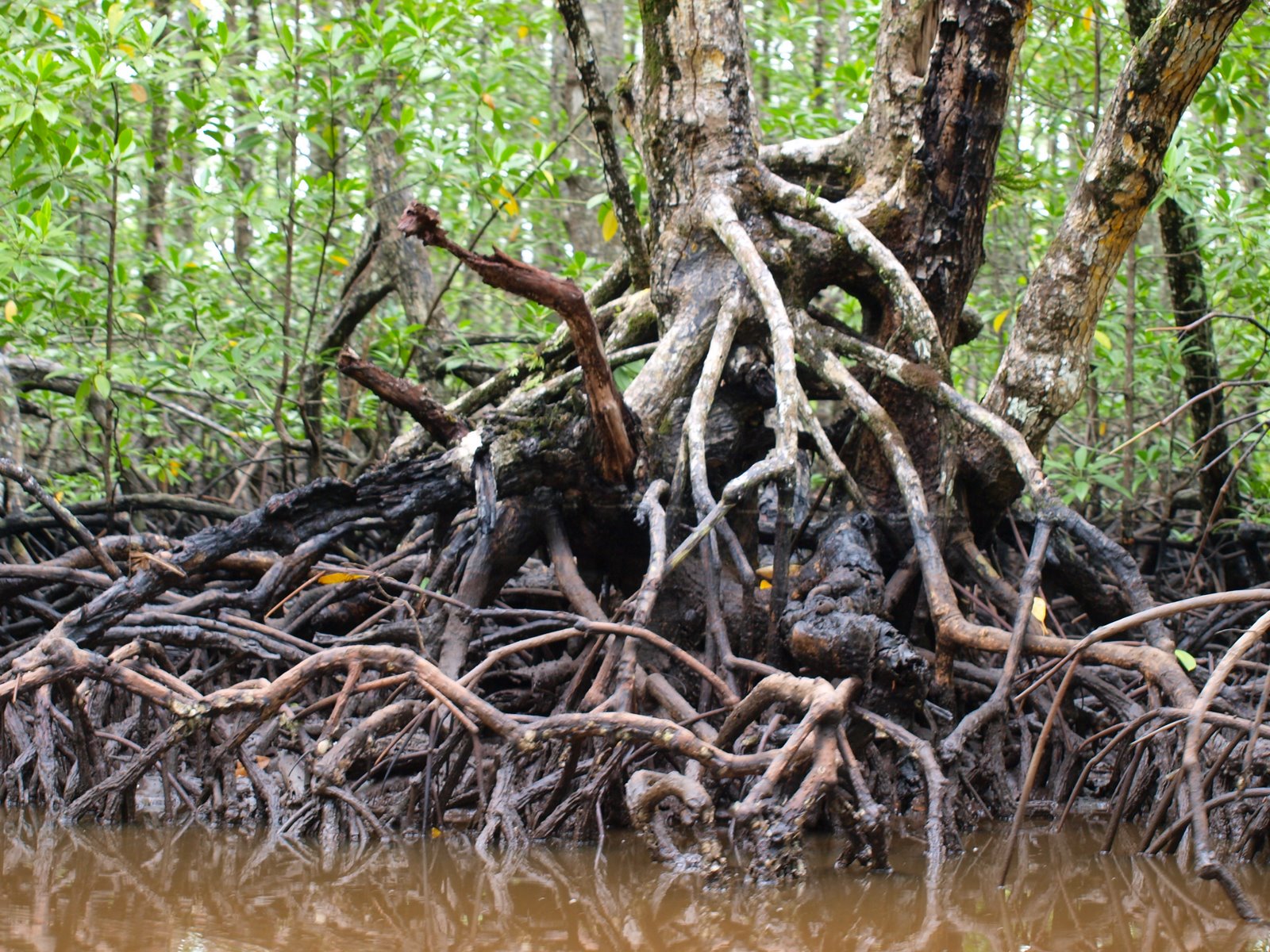Activity page

Understanding the Role of Forests in Supporting Livelihoods and Climate Resilience (and Twin Goals) in the Philippines
CHALLENGE
Tremendous progress has been made in reducing poverty over the past three decades. Nonetheless, more than 1 billion people worldwide still live in destitution. In addition, rising prosperity in many countries is accompanied by social exclusion and increasing inequality. The post-2015 Development Agenda has thus made reducing poverty its priority. The new World Bank strategy reinforces this objective, aiming to end extreme poverty in a generation and to promote shared prosperity for the bottom 40 percent. These goals will only be achieved if development is managed in an environmentally, socially, and fiscally sustainable manner.
The challenge for development is that the poor are often highly dependent on natural resources, such as forests. Although forests provide ecosystem services and safety nets for the livelihoods of the poor, forests are facing significant pressures from the range of sectors that are critical for economic growth, such as agriculture, transport and energy. Therefore, if sustainably managed, forests could play a significant role in achieving the twin goals of reducing poverty and building climate resilience. However, our understanding of this dual forest-poverty relationship is limited, which this study seeks to address..
APPROACH
This study focuses on the Philippines where, similar to many tropical countries, extensive deforestation and forest degradation have taken place over the last century due to logging, fires and other human disturbances, which are further aggravated by climate change. The country’s total forest cover has declined to merely 6.9 million hectares, or 23% of the total land area.
This study builds on the three primary roles that environmental income plays in supporting rural livelihoods: (i) supporting current consumption; (ii) providing safety nets to smooth income shocks or offset seasonal shortfalls, as well as impacts of climate change; and (iii) providing the opportunity to accumulate assets and exit poverty. Each of these roles is examined further in how they depend on and impact the ecosystem services provided by forests (including the impacts of climate change), and how they can help reduce extreme poverty and promote shared prosperity for the bottom 40%. Three case study sites were examined: the Upper Marikina RIver Basin Protected Landscape (UMRBPL), the Libmanan-Pulantuna Watershed (LPW), and the Umayam, Minor and Agusan Marsh Sub-basin (UMAM).
RESULTS
- Higher forest cover generates higher water yields during the driest months of the year.
- If the water regulating services provided by forests were to be replaced by delivered water, the expected costs would be USD 419-1,064 per household per year, depending on the study site. These costs will be prohibitive to most households in the study sites as the majority subsist below the poverty line.
- Compared to a “no forest” scenario, forest reduce the volume of floodwater by 27% to 47% during the three wettest months of the year. Forests on steep slopes (>30%) help mitigate the risk of erosion by 68% to 99% per hectare, and have the potential to reduce annual sediment outflows from watersheds by 7 to 100 times compared to bare soil.
- Replacing erosion and sediment control services with manmade control measures will cost billions of pesos. Reforestation is a lower-cost alternative to securing erosion regulation ecosystem services over the medium term.
- Water was cited by poor upland communities as the most important subsistence benefit from the forest, which they use for domestic purposes and, in some instances, for irrigation.
- Upland communities in UMRBPL reported that about 7% of their annual cash income comes from the sale of forest resources like bamboo products, charcoal, fish, and bush meat. Approximately 40% of their annual income comes from the sale of farm produce grown on forested land.
- Forests also provide fuelwood and wood for charcoal, which supplies most of the communities’ energy needs.
- Poorer households in upland communities rely more on forest resources for income and subsistence
The study concludes with a list of recommendations for landscape planning and forest management:
- Incorporate ecosystem service modeling and valuation, forest use analysis and scenarios in forest land use planning and forest management.
- Improve access of upland and forest dwelling communities to forest resources.
- Enhance the value of forest assets by internalizing non-market values and adding value to the existing sources of income.
For stories and updates on related activities, follow us on twitter and facebook , or subscribe to our mailing list for regular updates.
Last Updated : 06-16-2024

Integrating Ecosystem Services into Forest Land Use Planning in the Philippines
CHALLENGE
The Philippines is committed to a comprehensive reform agenda for climate adaptation and resilience, with a strong focus on increasing forest cover. The Government’s flagship National Greening Program (NGP) aims to reforest 1.5 million hectares of land between 2011 and 2016. With PROFOR support, the Philippines and the World Bank are undertaking a study to better understand the roles that forests ecosystem services play in poverty reduction and enhancing climate resilience. Preliminary results demonstrate the importance of forests in providing benefits for subsistence and cash incomes, and in regulating water flows in the dry season, flood waters in the wet season, and erosion and sediment control.
In the second phase of the NGP, the Government of the Philippines is interested in building on these study results by integrating poverty reduction and climate resilience objectives into forest land use (FLU) planning processes. However, this is a new focus area within the Philippines’ forest planning process. Government staff and other stakeholders need greater capacity to integrate climate resilience and ecosystem services objectives into FLU plans. This activity aims to strengthen that capacity.
APPROACH
In order to enhance the capacity of stakeholders, this activity will include:
- Holding a workshop to solicit recommendations from stakeholders on how the results from the previous study can be used to improve the FLU process. This will also be an opportunity to better understand stakeholders’ needs and expectations with respect to forest management.
- Developing a background paper on the value-added of integrating ecosystem services approaches in forest and land use planning.
- Conducting a desktop review of the FLU process and assess those under implementation.
- Reviewing international practices on integrating poverty and climate resilience concerns into forest development planning, to draw out lessons and best practices.
- Holding a consultation workshop government partners, development partners that have been involved in forest development in the Philippines, and civil society.
- Organizing training workshops on how to incorporate poverty and climate resilience considerations into the FLU planning process.
- Organizing learning workshops within the pilot municipalities.
- Disseminating results.
RESULTS
This activity is ongoing. Findings will be shared on this page when they become available.
For stories and updates on related activities, follow us on twitter and facebook , or subscribe to our mailing list for regular updates.
Last Updated : 06-16-2024
Share
Related Links
Coverage of the Interlaken Workshop on Decentralization in Forestry
Keywords
Authors/Partners
Switzerland, Indonesia and CIFOR
Decentralization in Forestry
Perspectives from Guatemala, the Philippines and Zimbabwe
Throughout the world, local and regional governments are becoming increasingly involved in forest-related issues. In some cases such growing dynamism reflects government policies designed to decentralize forest governance and forest management. In other cases it reflects initiatives of local and regional governments themselves, including communities living in and surrounding forest areas, and the increasing power, leverage and resources they have.
In light of this trend, the Governments of Switzerland and Indonesia and CIFOR organized a country-led initiative on experiences with decision-making in decentralizing in Interlaken, Switzerland, on April 26-30, 2004.
The workshop considered how to effectively incorporate the participation of large and diverse groups in national forest program or similar processes.
To contribute to the dialogue at the workshop, PROFOR sponsored a Community Round Table discussion where challenges related to decentralization at the community level were discussed. Through case studies from Guatemala, Zimbabwe and the Philippines, the round table looked at:
- managing shifts in power balances,
- how the voices of local people are heard (or not)
- and decentralized protected area management.
Perspectives from Guatemala, the Philippines and Zimbabwe
Throughout the world, local and regional governments are becoming increasingly involved in forest-related issues. In some cases such growing dynamism reflects government policies designed to decentralize forest governance and forest management. In other cases it reflects initiatives of local and regional governments themselves, including communities living in and surrounding forest areas, and the increasing power, leverage and resources they have.
In light of this trend, the Governments of Switzerland and Indonesia and CIFOR organized a country-led initiative on experiences with decision-making in decentralizing in Interlaken, Switzerland, on April 26-30, 2004.Â
The workshop considered how to effectively incorporate the participation of large and diverse groups in national forest program or similar processes.
To contribute to the dialogue at the workshop, PROFOR sponsored a Community Round Table discussion where challenges related to decentralization at the community level were discussed. Through case studies from Guatemala, Zimbabwe and the Philippines, the round table looked at:
- managing shifts in power balances,
- how the voices of local people are heard (or not)
- and decentralized protected area management.
For stories and updates on related activities, follow us on twitter and facebook , or subscribe to our mailing list for regular updates.
Author : Switzerland, Indonesia and CIFOR
Last Updated : 06-15-2024








